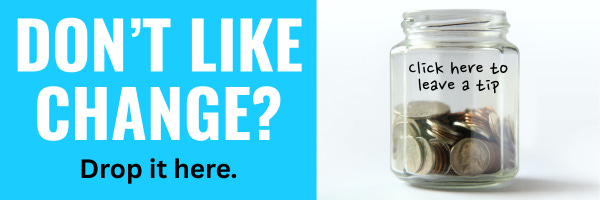Fast Walking: The 15-Minute Life Hack for Heart Health
Groundbreaking study shows brisk walks dramatically cut death risk with no fancy equipment necessary.
Could walking faster, even if for a short amount of time, have any measurable effect? This large 2025 study pinpoints how fast walking, even as little as 15 minutes a day, can radically improve longevity and heart health, especially for those facing the toughest odds.
Key Points
Aim
The study set out to define if the pace of walking, not just total time spent, could measurably reduce death risk, especially among low-income and Black/African-American adults—a group rarely targeted by previous walking research.
Methods
Nearly 80,000 adults (predominantly low-income and Black) in 12 southeastern U.S. states were tracked for an average of 16.7 years.
Participants self-reported daily minutes of slow and fast walking (brisk pace, stairs, exercise).
Vital status and cause of death were cross-referenced with the National Death Index.
Researchers rigorously adjusted for other lifestyle factors (smoking, leisure activity, etc).
Results
Brisk Walking Pays Off: Walking fast for just 15 minutes each day cuts overall mortality risk by nearly 20%, with the biggest impact on cardiovascular deaths.
Slow Walking Helps, But Less: Even three hours of slow walking daily had some benefit, but much less.
Universally Accessible: Fast walking boosted heart performance, managed weight and blood pressure, and did so independently of other exercise habits.
Consistent Results: The mortality benefit of fast walking held even after adjusting for socioeconomic and lifestyle differences.
Related
Practical Takeaways
Speed matters: Swap just 15 minutes of your day to brisk walking—think of stairs, purposeful errands, or power walks—to protect your heart.
No fancy gear or membership: Brisk walking is a simple, low-impact, and free upgrade for nearly every age or fitness level.
Most benefit, the least effort: You don’t need marathon sessions. Fast walking yields more life-saving results with far less time than slow walking.
Conclusions
Fast walking (even brief) is a powerful prescription for longer life, especially in populations with limited access to health resources.
Public health efforts should prioritise brisk walking as a cost-effective way to close health gaps and elevate longevity, especially among underserved communities.
Small, actionable change—walking faster, not longer—is what really counts.
Reference
Daily Walking and Mortality in Racially and Socioeconomically Diverse U.S. Adults. Liu, Lili et al. American Journal of Preventive Medicine, Volume 69, Issue 4, 107738
You can also find me at dannyleejames.com for stories, personal training insights, and coaching.








